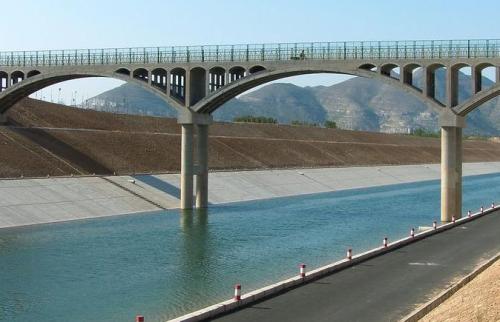
Tubular tungsten carbide welding rods are a type of welding consumable used for hardfacing applications. They are made by filling a tubular steel rod with a mixture of tungsten carbide particles and a binder material.
The tungsten carbide particles provide exceptional hardness and wear resistance, making them suitable for applications where the welded surface needs to withstand high levels of abrasion, erosion, or impact. The binder material helps to hold the tungsten carbide particles together and facilitate the welding process.
Tubular tungsten carbide welding rods are typically used in industries such as mining, construction, oil and gas, and agriculture, where equipment and machinery are subjected to harsh operating conditions. They can be used for hardfacing various components, such as drill bits, crusher hammers, wear plates, and cutting tools.
The welding process for tubular tungsten carbide rods is similar to other types of welding, such as shielded metal arc welding (SMAW) or gas tungsten arc welding (GTAW). The rods are typically welded using a high heat source, such as an electric arc, to melt the rod and create a strong bond with the base metal.
Overall, tubular tungsten carbide welding rods are a popular choice for hardfacing applications due to their exceptional hardness and wear resistance properties. They help extend the lifespan of equipment and machinery, reducing maintenance costs and downtime.
Welding Rod,Welding Rod Price,Best Welding Rods,Tungsten Welding Rod
Luoyang Golden Egret Geotools Co., Ltd , https://www.lygoldentool.com
![<?echo $_SERVER['SERVER_NAME'];?>](/template/twentyseventeen/skin/images/header.jpg)